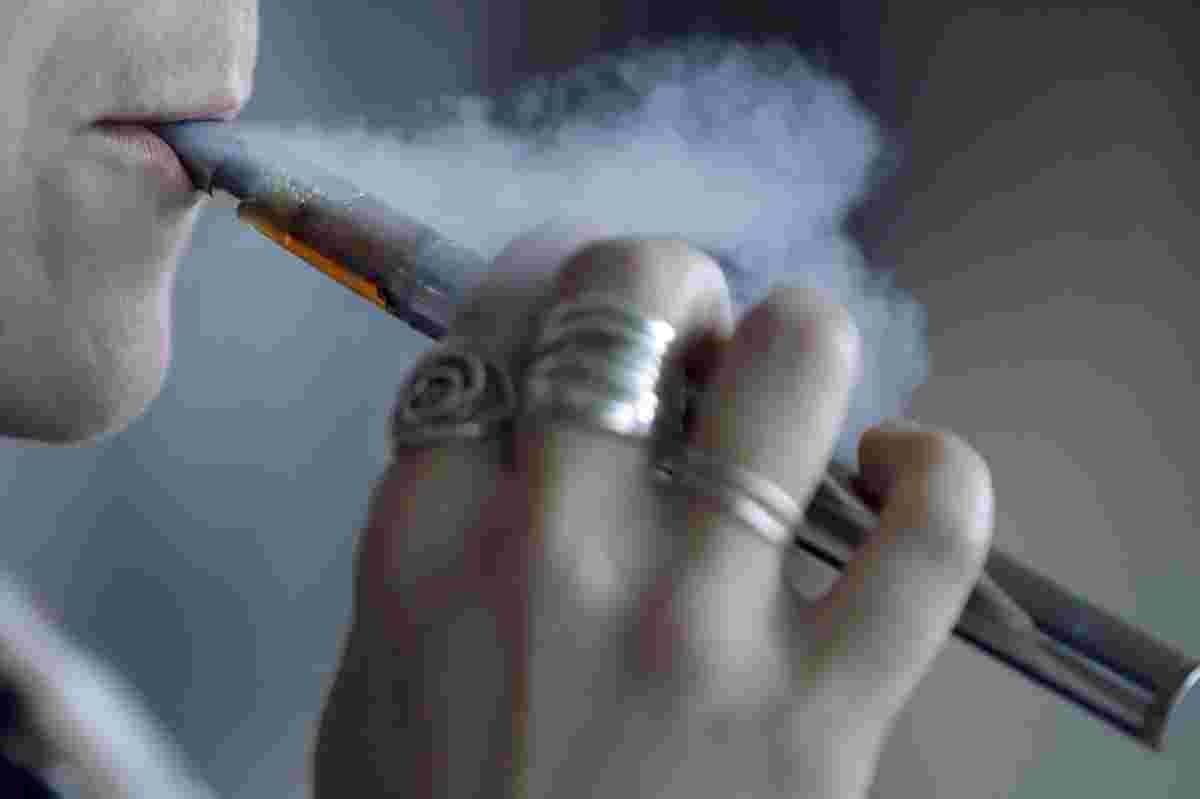Canadian pediatricians are reporting numerous vaping-related injuries, with one third of cases involving ongoing health problems.
Interim data from the Canadian Paediatric Surveillance Program highlight the risks of vaping as well as non-medical cannabis use, particularly accidental ingestion of edibles.
A one-time survey of about 1,100 doctors found 88 cases of vaping illness or injury over a 12-month period, with one quarter of kids hospitalized.
When it came to cannabis-related injuries, the surveillance program found almost all of the 36 cases reported required hospitalization, with an average patient aged 9 to 10 years old.
Not all cases involved edibles, but a third of them involved kids younger than 12 who accidentally ate cannabis products.
Because legal edibles have only been available since December 2019, researchers say it’s worth dedicating more time to examining the impact of legalization on kids.
Eight cases were teens who experienced hyperemesis syndrome — a condition that causes repeated and severe bouts of vomiting.
Dr. Nicholas Chadi, a specialist in adolescent and addiction medicine at the University of Montreal, suspects the vaping incidents are just the “tip of the iceberg” since the numbers don’t include kids who turn to their family doctor or a nurse with vaping problems.
Chadi found it “very concerning” that about a third had ongoing issues and says vaping dangers should be raised with kids and teens as they prepare to return to school and reunite with friends.
“If we look at what might be happening in smaller cities where we have emergency room doctors who are not pediatricians receiving these kids, there are probably many, many more cases of these injuries happening in Canada,” says Chadi, also affiliated with Sainte-Justine University Hospital Centre.
Children and youth most often suffered respiratory problems or nicotine toxicity, which can cause a very rapid heart rate, dizziness, headaches, or vomiting.
The data did not reveal what ongoing issues they suffered, but Chadi suspects they included cough or shortness of breath and possibly external wounds or burns that needed time to heal.
The survey also did not capture how many kids may be addicted to vaping products, something Chadi says he expects to examine in a two-year follow-up study.
Thirteen cases involved kids who drank e-liquids or other vaping substances. Half the time this was by accident, and was more common among toddlers and preschoolers.
But the other half of incidents were on purpose, and typically involved those age 15 and older, says Chadi.
Teens tend towards riskier behaviour because their brains are still developing, but Chadi notes their lungs are still maturing, too, making the impact of dicey decisions more serious.
“They might be using more of it, they might be trying to trick the device or play with it to make it stronger, to make it blow more aerosol or things like that, which will increase the risk of injury,” he says of other teen vaping habits.
“But we also know that the lungs of a teenager can be more fragile to certain chemicals because they’re still growing, they’re still developing.”
The survey data comes on the heels of a study led by scientists at the Stanford University School of Medicine that found youth aged 13 to 24 who vape were five to seven times more likely to be diagnosed with COVID-19.
Chadi says those findings only point to an association between vaping and a COVID-19 diagnosis, noting the study also suggested young vapers were more likely to be tested for the virus.
He says that might be because respiratory symptoms common to vaping are similar to those of COVID-19, such as coughing.
The Canadian Paediatric Surveillance Program is a joint initiative of the Public Health Agency of Canada and the Canadian Paediatric Society.
The two-year longitudinal study on cannabis is set to wrap in October. The two-year vaping study will begin this fall.
— Cassandra Szklarski, Canadian Press

